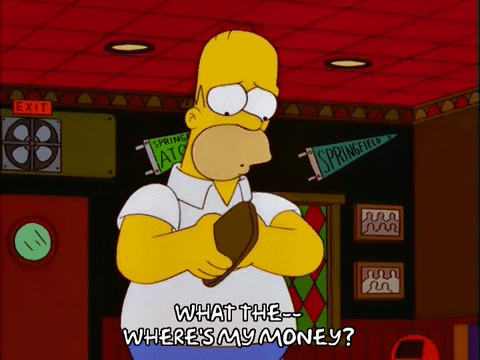Let's learn to differentiate between good debt and bad debt with this article.
Ever splurged on a brand new piece of tech and put it on Afterpay? Or what about a HECS loan from the Government to cover your uni fees?
Well, these are both examples of debt.
Sometimes debt is necessary... but other times, it can get you in a bit of trouble.

Let’s break it down.
Put simply, debt is an obligation to pay back money that’s been borrowed from someone else (aka a bank or lender).
People take on debt for a bunch of different reasons, like to buy a house, a car, to pay their uni fees.
Some of this is good debt…and some of it is bad debt.
Debt can be considered ‘good’ if it helps you earn more money, ie. if it is used to buy something that will grow in value over time, or provide you with another income.
Examples of good debt:
Debt can be considered ‘bad’ if it won’t earn you any money, or it is used to buy assets that fall in value.
So, taking out a credit card or personal loan to fund a new wardrobe or a holiday lives in this category, and usually car loans do too (because cars are depreciating assets).

The truth is, bad debts like credit cards don’t have to be bad. If used responsibly, credit cards can help manage cash flow, budget and pay for emergencies without dipping into our savings.
But they also make it very easy to spend above your means. You need to ask yourself if using bad debt like a credit card adds value to your financial wellbeing or worsens it.
If you have some debt you want to start paying down, you can:
So the next time you decide to borrow money, stop for a second and ask yourself - is this good debt or bad debt I’m getting myself into?
Sign up for Flux and join 100,000 members of the Flux family